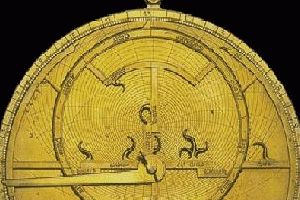
One of the major empires in the history of Islamic civilizations was the long lasting and well established Ottoman Empire. It rose during the 14th century from humble beginnings as Turkic warrior tribes united and began taking control of surrounding territory. From the 14th to the 16th centuries, seeking to bring unity to the Islamic world and serve as a protector of the faith, the Ottoman Empire dramatically expanded its control. The empire was stretched from the Middle East and Coastal North Africa to the lands around the Black Sea, and far into Eastern Europe.
The Power of the Ottoman's modernized army was demonstrated when the "strong sword of Islam" fell on Constantinople. Seized in 1453 by the Ottoman Empire, it caused European Christians to fear the "Muslim takeover of all of Europe". Now controlling the old trade routes from the east, the Ottomans astonished European powers as they watched their power and wealth grow in the Mediterranean. The Ottoman's Dominance was felt again when Vienna was besieged in 1529 and 1683.
The Ottoman Empire lasted until the early 20th century. The end of World War I proved to be fatal, when the declining Ottoman Empire was dismantled, and the new nations of Turkey, Syria, Iraq, and Palestine rose to fill the power vacuum left behind.







